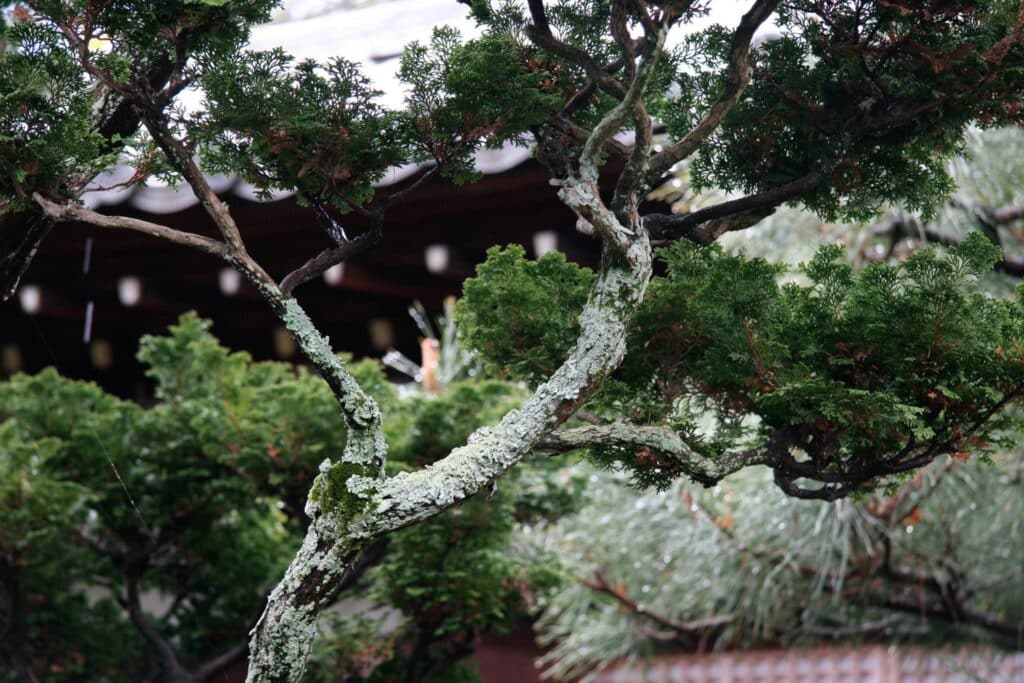Fewer than you think.
Far fewer.
In fact, you don’t need toys at all. If you think of the great minds in history, what did they get to play with as a child? A stick man? Some pebbles? A blanket? Not much, certainly. That’s not to say that toys don’t have their place. A well-chosen set of blocks opens up all kinds of possibilities and a doll’s house is the perfect forum for emotional development and co-operative play. But none of it is strictly necessary. A few essentials and access to interesting materials in the house and garden are all your child needs.

Do children have too many toys?
Research tells us that too many toys can be distracting. Your child’s play is better – and deeper – if you edit the toy box.
Fewer, better toys
Instead of buying more toys, try using old ones in new ways. Take them outside, draw faces on them using chalk, make paper or felt costumes. Extending play, and extending thought, is what you are trying to achieve. And, above all, playing more creatively is more fun.


Increase the play potential of your toys
Rather than buying more toys, reach into the toy box – or the kitchen cupboard – and find something that makes your existing toys better.
The environment is your child’s third teacher
The space your child plays in can ask questions. An uneven surface asks, Can you balance?, a chest with labelled drawers asks, Can you read? What does your playroom ask?


Toy rotation
Putting out different toys on different days makes them feel fresh and new. Your child plays for longer and with more focus.
Heuristic play
Toddlers learn by experimentation. How does this work? Does it fit in here? What happens if I drop it? When you are two, you are endlessly curious. Heuristic play gives you the answers.


Mindful play the wabi-sabi way
Learn how imperfection, impermanence and the beauty of simplicity lead to deeper, more meaningful play.
